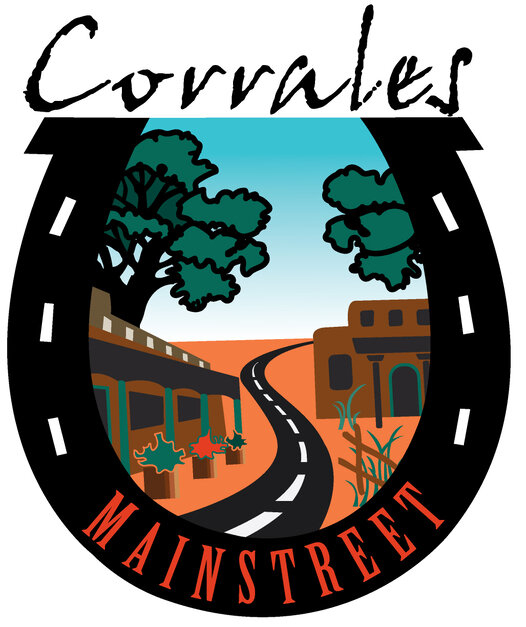Constructed 1868.
Little is recorded of Corrales during the first 150 years of Spanish occupation since it was not on the major trade routes along the river from Santa Fe; even as late as 1870 the census records only 141 households with 687 residents, nearly all were farmers, ranchers or laborers. Small as it was, the community was busy, attending mass at the call of the bell of the little adobe church of San Ysidro and gathering to celebrate the annual Fiesta de San Ysidro in May. The flooding of the land, both by irrigation of farmland and by the Rio Grande, established the shape and the patterns of development in Corrales.
The old Corrales acequia, or irrigation ditch, was dug in the early 18th century, and water was brought into the ditch directly from the Rio Grande at a diversion point at the north end of the valley. Land was divided between heirs in the Spanish tradition into long, narrow ribbons to provide equal access to water in the irrigation ditch. These strips, which stretched from the river to the ceja – the high point on the east side of the Rio Puerco valley, about seventeen or eighteen miles to the west – have through the generations become more and more narrow, and today the long east/west fields and roads in the village are the legacy of the importance of water in the valley.
The Historic Church engages the local community, dating back to 1868, it is listed on the New Mexico Register of Cultural Properties and the National Register of Historic Places. – Source: Corrales Historical Society
Photo by Elmo Baca.
966 Old Church Rd. Corrales, NM 87048 | 505-897-1513



